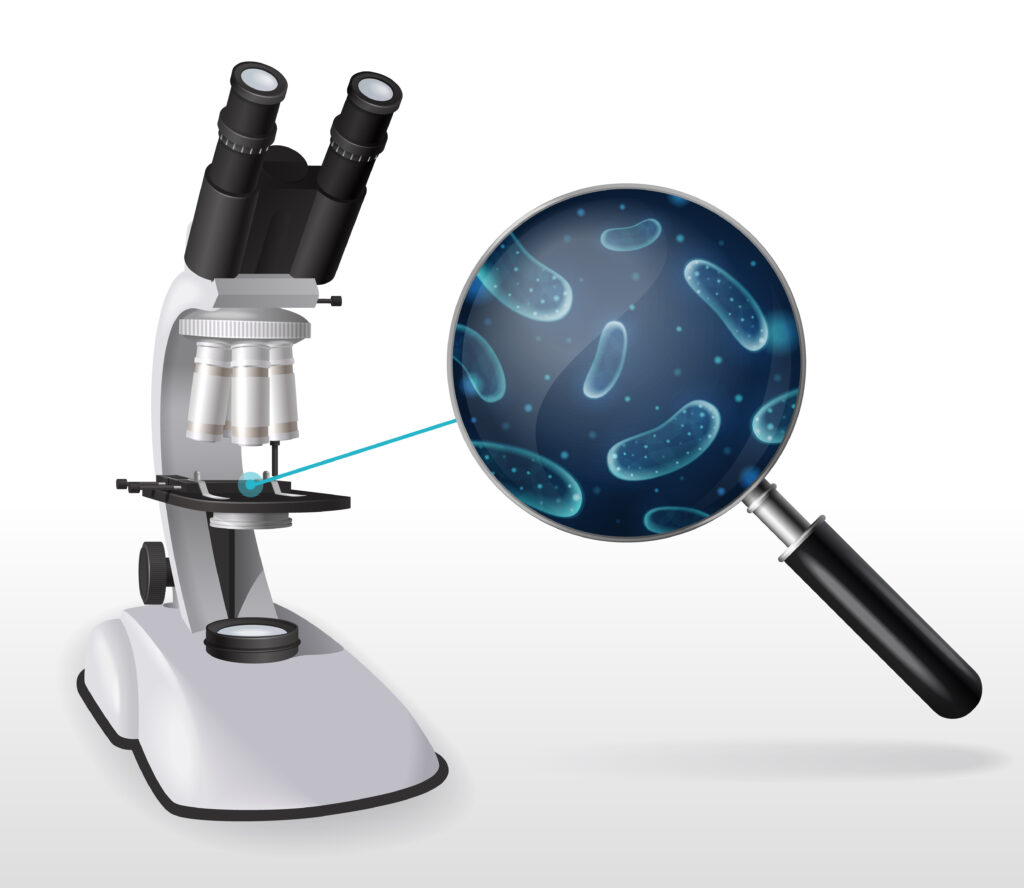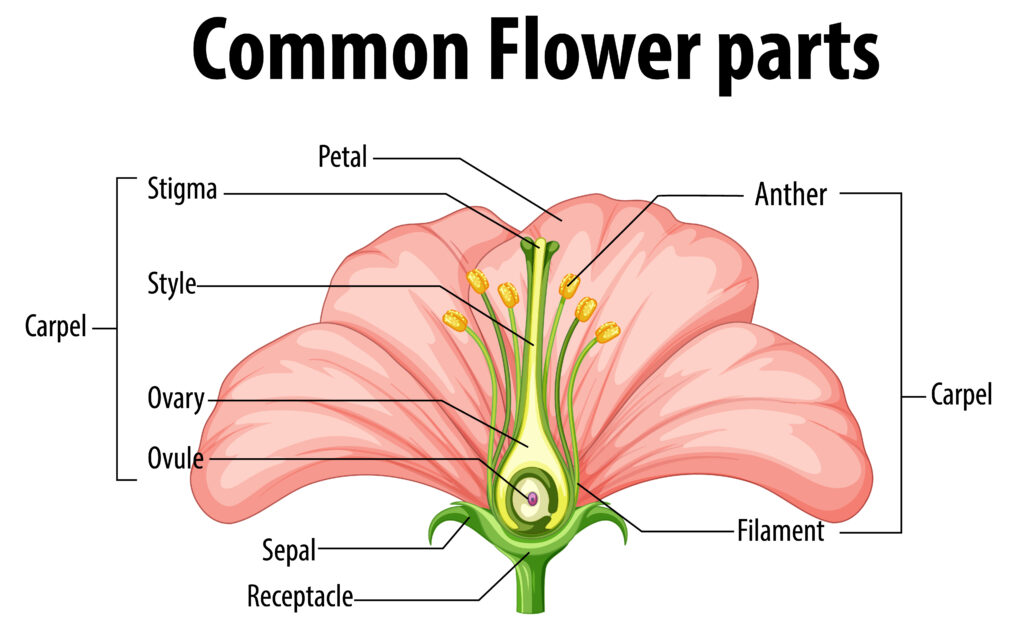Phototropism Simulation
Explore the fascinating phenomenon of phototropism, where plants grow toward a light source. This simulation allows you to manipulate the light source and observe the plant's response.
Help & Instructions
▼- Start the Simulation: Click 'Run Experiment' to begin observing the plant's growth.
- Change the Light Source: Use the buttons to move the light source and see how the plant reacts.
- Quiz Challenge: Answer questions about the underlying biological mechanism.
- Define phototropism and its significance to plants.
- Explain the role of the plant hormone auxin in phototropism.
- Predict a plant's growth response to different light conditions.
- Understand the difference between positive and negative phototropism.
Phototropism Experiment
A young plant is placed in a box with a single light source. Observe its growth.
Quiz Challenge: Phototropism Concepts
Which plant hormone is responsible for cell elongation that causes phototropism?
Phototropism is a plant's growth response to a light stimulus. This is a crucial adaptation for plants, allowing them to optimize their light exposure for photosynthesis. The bending of the stem toward the light is known as positive phototropism, while the bending of the roots away from the light is called negative phototropism.
The Role of Auxin
The key player in phototropism is the plant hormone **auxin**. Auxin is produced in the tip of the stem and migrates to the shaded side of the plant.
On the shaded side of the stem, the high concentration of auxin causes the cells to **elongate more rapidly**. The cells on the sunlit side, with a lower concentration of auxin, elongate more slowly. This differential growth causes the stem to bend toward the light source.
Interestingly, roots also respond to auxin, but in the opposite way. High concentrations of auxin inhibit cell elongation in roots. Therefore, if a root is exposed to a light source, the auxin will accumulate on the shaded side, inhibiting cell growth and causing the root to bend away from the light.


